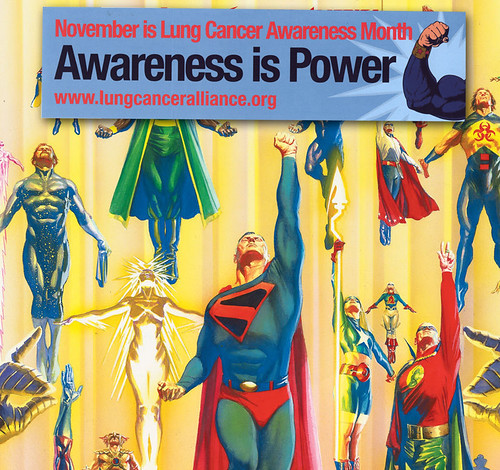The EPA estimates that about 21,000 lung cancer deaths each year in the U.S. are radon-related. Exposure to radon is the second leading cause of lung cancer after smoking. Radon is an odorless, tasteless and invisible gas produced by the decay of naturally occurring uranium in soil and water.
This statistic taken from the EPA’s website on radon quickly summarizes how large of an issue high levels of radon in a home can be.
Radon is a naturally occurring gas that is all around us. The issue for home owners is that some areas are more likely to have higher levels and some homes are more likely, due to their construction, to contain the gas.
Testing for radon is easy and affordable. You can purchase test kits yourself or hire a home inspector to perform the test for you. EPA recommends that all home owners test their home for radon.
EPA recommends homes be fixed if the radon level is 4 pCi/L (picocuries per liter) or more. Because there is no known safe level of exposure to radon, EPA also recommends that Americans consider fixing their home for radon levels between 2 pCi/L and 4 pCi/L. The average radon concentration in the indoor air of America’s homes is about 1.3 pCi/L. It is upon this level that EPA based its estimate of 21,000 radon-related lung cancers a year upon.
I recommend all of my buyer clients have a radon test done as part of their inspection process. Recently a test result in Westfield came back with over twice the levels deemed to be risky. My buyers loved the home and luckily we were able to work out a solution for them to install a mitigation system. In most cases the solution is not overly expensive and easily installed.
Lesley Lambert, Western MA REALTOR with Park Square Realty 413-575-3611



